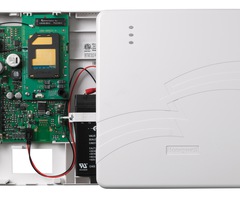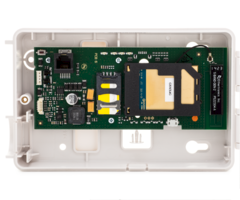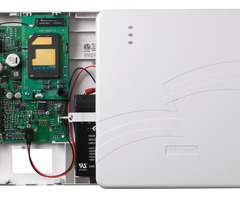2g vs 4g security systems
2G security systems aren't really all that different from 4G security systems, save for the fact that most 2G systems are going to be a bit older. Most modern systems, excepting the Honeywell high security GSM communicator which is most commonly used in jewelry store and banking applications, use 4G communicators.
While each company is different, Honeywell, the most installed security system brand in the US, uses the AT&T network for their cellular alarm communicators. AT&T has set the sunset date for their 2G network (meaning all 2g communicators will cease to work) to approximately January 1, 2017. All 2G cellular communicators that rely on AT&T's network will not work past that date. Some may even stop working before that date. So, with regard to Honeywell, the difference between a 2G security system and a 4G security system is that 2G systems will cease to work as of a certain date. 4G will continue to work long thereafter.
Now, most Honeywell systems, such as the VISTA 20P and 21iP or Honeywell's wireless systems like the L3000 and the L5100 are modular meaning that you will be able to upgrade the systems without having to purchase an entirely new panel. Unfortunately, for some users who have purchased the once-popular L5000, Honeywell does not plan to release a 4G communicator for that system. The VISTA panels (except for the 21iP) have 4G communicators that you can install at any point between now and the sunset date if you'd like to ensure the continued functioning of your security system. You can select between the GSMV4G and GSMX4G depending on your needs (click here to see the difference between the GSMV4G and GSMX4G). For the 21iP, the VISTA-GSM4G is the communicator you'll want to use. The L5100 needs a GSMVLP5-4G and the L3000 works with the GSMVLP4G.
Did you find this answer useful?
We offer alarm monitoring as low as $10 / month
Click Here to Learn MoreRelated Products







Related Categories
- Answered
- Answered By
- Joshua Unseth
